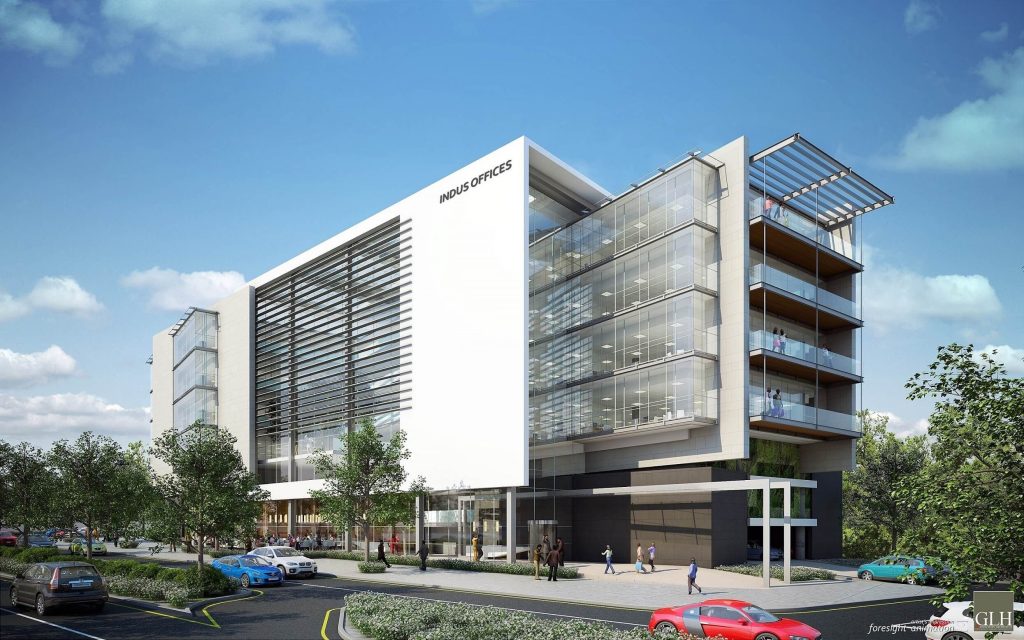Modern architecture has revolutionized our society, lifestyle, and construction methods. To what extent do you agree with this statement? Undoubtedly, modernism is one of the most fascinating architectural movements of our time. Initially designed to help foster idealistic growth, it has now become a cornerstone of contemporary building design. Modern architecture has transformed various aspects of human life. Join us as we explore the features and benefits of this architectural style in building design.

An Overview of Modern Architecture
Let’s begin by defining modern architecture. With the advent of the Industrial Revolution and the migration of people from rural areas to cities, urbanization and the emergence of metropolises drastically changed the architectural world. The rise of factories and tall buildings aimed at accommodating large populations directly influenced construction quality. This era saw the birth of the first iteration of modernist architecture. Developed simultaneously around the globe, it eventually became widely adopted.
Modern architecture refers to a style designed based on the principles of modernism. This style abandons excessive rules and clichés. Architects and artists in this domain prioritize creative freedom over conventional norms. Notably, modern architecture did not exist before the 20th century—it emerged during this era and reached its peak within a few years.
Key Principles of Modern Architecture
Experts have identified several foundational principles of modern architecture. First and foremost, decoration was minimized or eliminated. In modernist designs, either no ornamentation is present, or it is kept to an absolute minimum. Most building elements follow a simple, minimalist aesthetic. Additionally, modernism places great emphasis on rectangular forms and horizontal and vertical lines. The design of homes in this style is predominantly cubic, further amplifying their simplicity.
Another hallmark of modern architecture is the use of modern materials and systems. Steel columns, concrete blocks, concrete flooring, and steel trusses are commonly employed in this style. Traditional materials are rarely used, and even when they are, a fresh, innovative approach is adopted.
Lighting also plays a critical role in modern architecture. This style ensures that natural light is optimally utilized, allowing people to enjoy both shade and sunlight for a comfortable living experience. Extended overhangs and recessed openings for windows enhance the functionality and aesthetic appeal of spaces.

The Role of Modern Architecture in Enhancing Quality of Life
By understanding the essence and principles of modern architecture, we can examine its impact on the quality of life and lifestyles of people. As mentioned earlier, modern architecture emphasizes simplicity, reducing visual clutter and minimizing decoration. This approach simplifies construction processes, introducing a sense of calm and tranquility into people’s lives. Consequently, this style has become increasingly popular as it continues to influence modern living.
Combining Beauty and Functionality in Luxurious Building Design
Modern architecture seamlessly combines beauty and functionality in building design. This is particularly evident in luxury buildings, where minimalist design principles, advanced technologies, and space optimization cater to the needs of modern individuals. Moreover, advancements in technology have further elevated this field. Smart materials, automated systems, and digital simulations have profoundly influenced the way buildings are designed and constructed in this style. Engineers leverage technology to create bold and breathtaking designs.
Why Modern Architecture Is an Ideal Choice for Today’s Construction
You might wonder why modern architecture is considered ideal for contemporary construction. As noted, this style focuses on efficiency and simple design. Instead of relying on superfluous decorative elements, engineers aim to create attractive and highly functional environments. To achieve this, they use high-quality materials and integrate numerous technologies into the design process. Notably, this design style is constantly evolving.
With the integration of new technologies into daily life, modern architecture continues to evolve and innovate. By next year, advancements in this field may introduce entirely new design approaches. Overall, modern architecture’s emphasis on mental tranquility and avoidance of visual pollution aligns perfectly with the preferences of today’s individuals, making it highly popular.
Conclusion
As discussed, modern architecture is one of the most significant styles in building design, playing a pivotal role in shaping contemporary construction. Enthusiasts of modern and appealing buildings can benefit from the services offered by Emarat. While this company does not specialize in architecture directly, it collaborates with leading Iranian brands to deliver its services. With extensive experience in creating luxury buildings in Tehran’s District 1, Emarat is always ready to serve its esteemed clients. Visit their website to explore sample projects or learn more about their services and contact options.